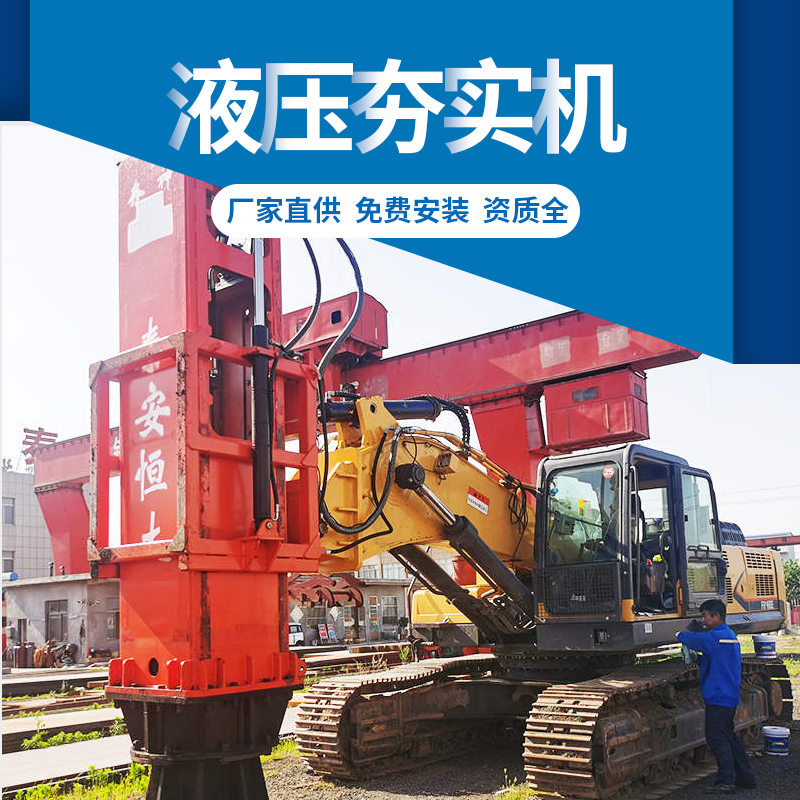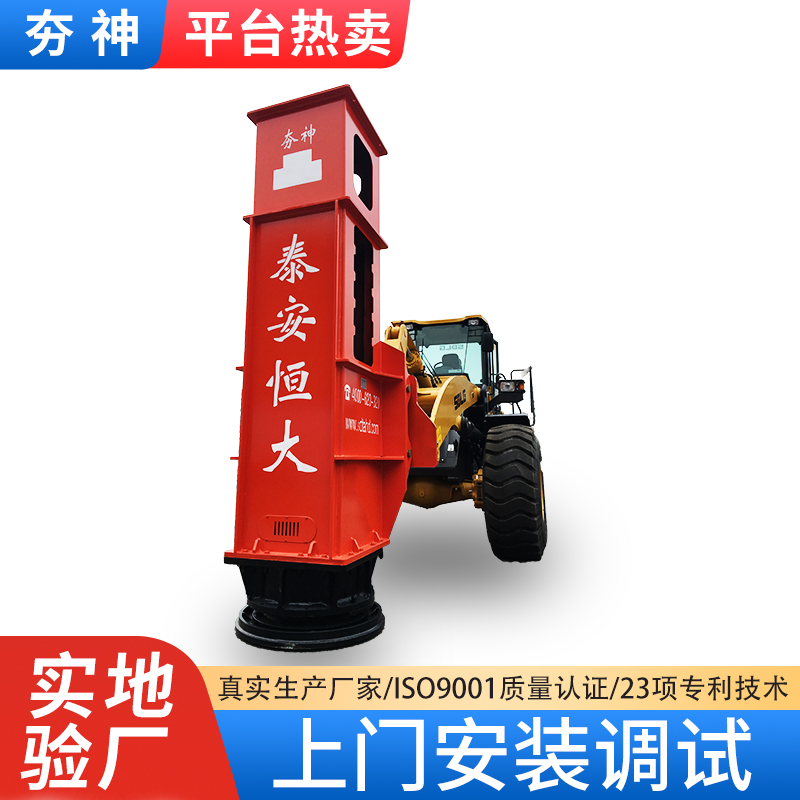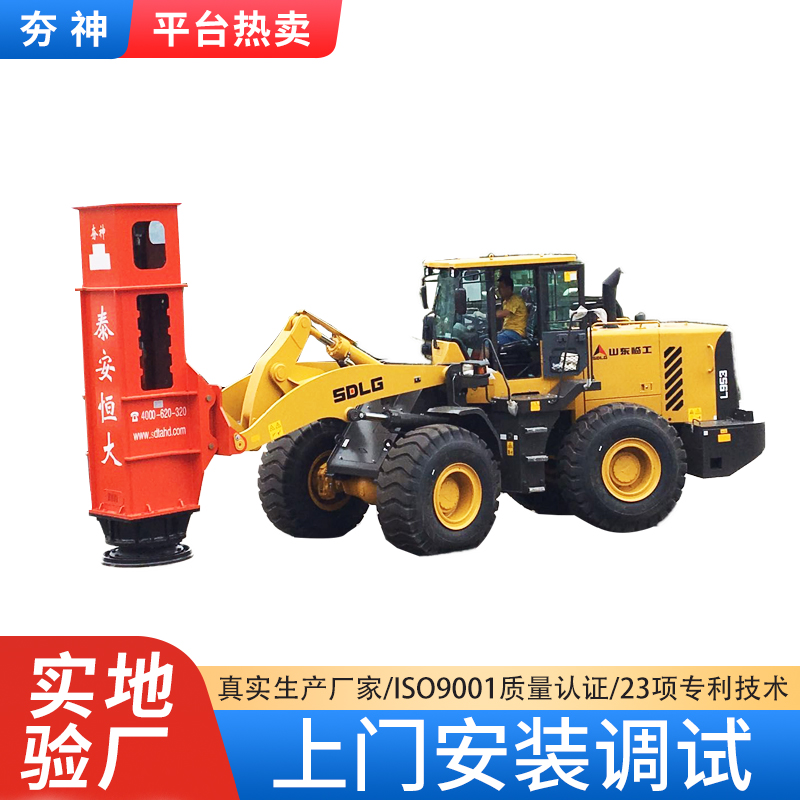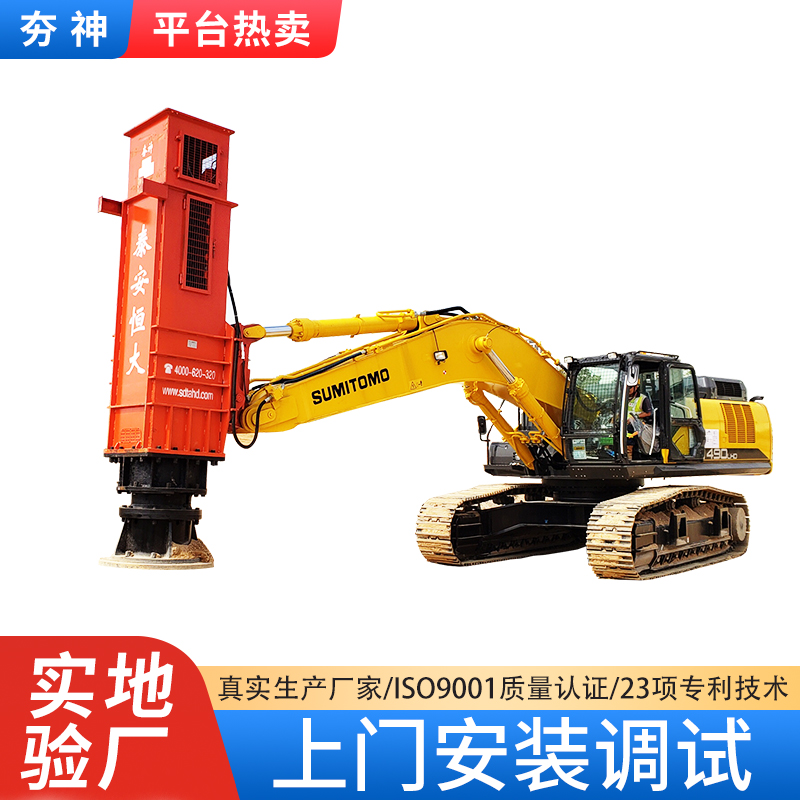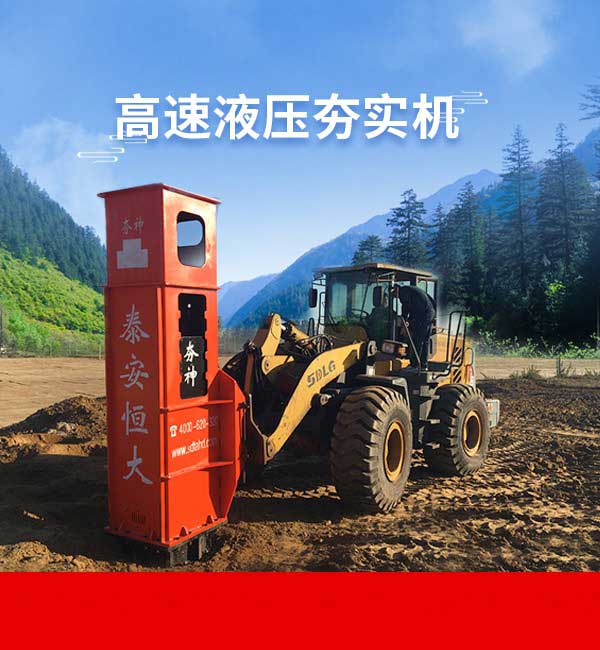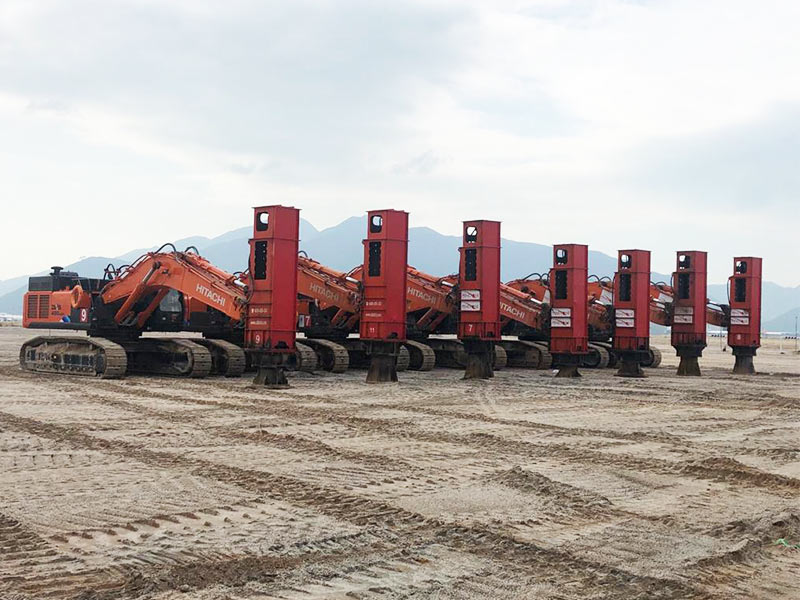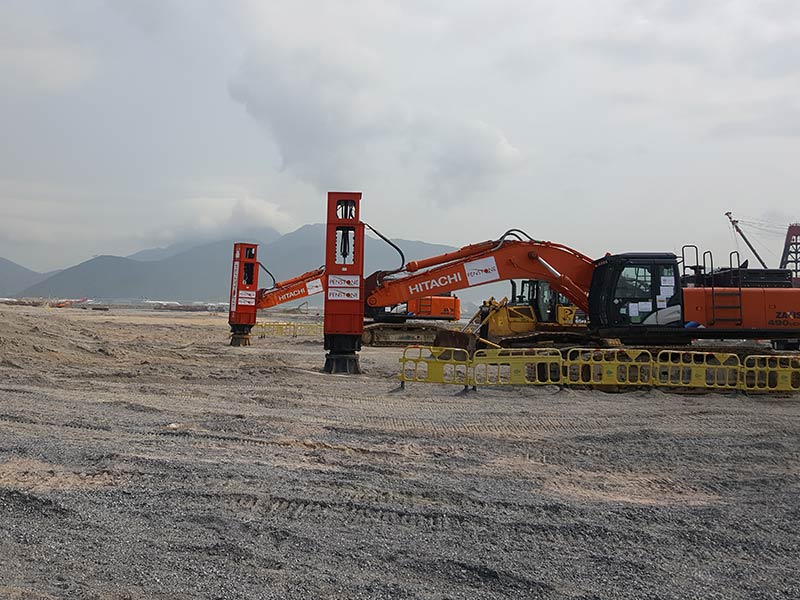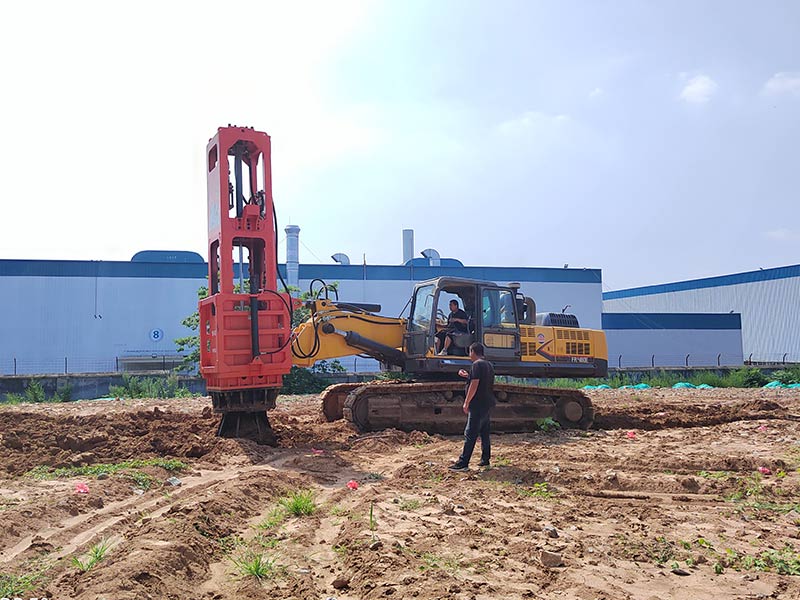1 Working principle and dynamic compaction method of rapid impact compactor
Rapid impact compactor is the inheritance and development of ancient Chinese human compactor. It is a geotechnical machine that combines modern mechanics, electromechanical and hydraulic technology. Its structure type and mechanism of action on soil are the same as the Evd dynamic deformation modulus tester used for high-speed railway foundation detection. The dynamic compaction method implemented by the rapid impact compactor on the soil is a sublimation of the traditional Chinese rammed earth technology. Shear displacement can be performed on weak soils.
1.1 Structure and working principle
According to the different falling methods of the hammer body, the operation modes of the rapid impact compaction can be divided into free drop hammer type and forced drop hammer type.
Free-fall hammer type (single-action): the hydraulic cylinder lifts the hammer body to the set height and then releases it, and the hammer body falls down by gravity; after the hammer body falls, it hits the lower hammer body and the tamper plate assembly through the hammer pad, and drives the pre-compression in the The rammed plate on the ground compacts the soil. Due to the large flow resistance, the actual ramming efficiency is generally significantly lower than the nominal ramming energy—potential energy. All domestic cottage tamping machines are free-fall hammers.
Forced drop hammer type (double-acting): the hydraulic cylinder lifts the hammer body to the set height and then reverses the force, and the hammer body accelerates and falls under the combined action of gravity and the lower thrust of the hydraulic cylinder; after the hammer body falls, it is hit by the hammer pad The assembly of the hammer body and the rammer plate drives the rammer plate pre-pressed on the ground to compact the soil. Taian Hengda Machinery Co., Ltd. Tamshen HC series rapid impact compaction machines all adopt the forced drop hammer technology.
Lifting the heavy block and hitting the ground is ramming, and the ramming is smashing, and the hammer body of the rapid impact compaction ramming is the assembly of the lower hammer body and the ramming plate with great inertia. Since the tamper plate is always pressed on the ground, the downward pressure is exerted on the ground, and the tamper plate has no smashing motion characteristics.
It can be seen that according to the structural characteristics of mechanical products, rapid impact compactors can be classified as compaction machines; according to their action on the ground, rapid impact compactors are power compaction machines.
Taian Hengda Machinery Co., Ltd. Tamshen series tamping machine adopts a number of patented technologies and proprietary technologies. The weight of the hammer body is 0.5~7t, the rated ramming energy is 4~84kJ, and there are 10 energy levels in total. There are two manual control modes, and three application types: tamper, pile hammer and breaker. The main working parameters such as hitting intensity, hitting energy, and combo times can be adjusted and set in a wide range. It can not only strengthen the pressure compensation for hard solid soil (roadbed, etc.), but also perform shear replacement for soft soil (base, etc.). In the field of highway construction, the HC36 rapid impact compactor is widely used, and a small amount of HC42 is used.
The rated ramming energy of the HC36 rapid impact compaction is 36kJ (6~36kJ in automatic mode, 3 gears, adjustable, optional in manual mode), and the instantaneous ground pressure (pressure) when using a standard tamper plate with a diameter of 1m is ~2.5MPa , when the ram plate with a diameter of 0.78m is used, the instantaneous ground pressure is greater than 4MPa, and it is generally used in a complete set with a 5t loader, as shown in Figure 1.
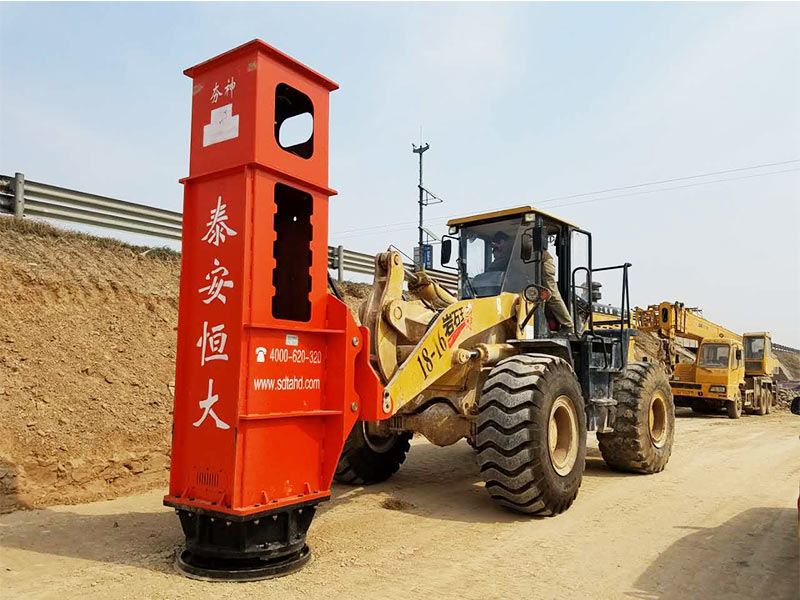
Figure 1. HC36 rapid impact compactor
Since the application of Meihe Expressway in Guangdong Province in 2004, it has been widely used in the field of newly built, renovated and expanded highways in China.
1.2 Compaction mechanism
rapid impact compactor is a compaction machine that utilizes the combined force of the machine's gravity and the force of the hammer to compress soil. The compaction method of soil by rapid impact compactor can be called "dynamic compaction method", referred to as "dynamic compaction method". Power refers to dynamic force, variable force.
Dynamic compaction technology is a new technology that is different from traditional compaction technologies such as static compaction, vibration compaction, impact compaction, and tamping.
Dynamic compaction is based on static (gravity) compaction, applying a larger dynamic force to improve the compaction effect; vibratory compaction is to use the vibration effect to enhance the effect of static rolling; impact compaction is a high frequency alternation Ramming and variable force (the resultant force of static force and variable force, which is still variable force) rolling; tamping is the hammer body hitting the ground directly at the maximum speed, which has the typical characteristics of large impact and fast attenuation.
Dynamic compaction utilizes the combined force of the hammer and machine gravity to compress the soil. Both dynamic compaction and tamping have shocks, but the former is acceleration from static with a much smaller and longer-lasting shock force peak, and the latter hits the ground at maximum speed with a much larger shock force peak and a fast decay. If the compaction method (dynamic compaction) is used to reinforce the rolling abutment back or formed roadbed, the strong shearing of the soil by the hammer will destroy the soil structure; while the front of the hammer compresses the soil at a high speed, it squeezes the soil to the surrounding at high speed. , resulting in a strong shear wave with great destructive force.
Dynamic compaction technology can achieve: when used for roadbed reinforcement (zone 96 and above), it is to moderately improve soil compaction and uniformity without destroying the original soil structure; it is used for embankment reinforcement ( 93 area and 96 area with low filling quality) whether the shearing is required; when used for the treatment of base and weak roadbed, the shearing effect is significant, similar to dynamic compaction. Anhui Tonghuang Expressway uses a rapid impact compaction to crush the intersecting existing cement concrete pavement. After removing the tamping plate, the protruding part of the hammer head can smash the pavement completely; after installing the tamping plate, it can only decompose the large plates that have been actively broken. . It can be seen that the effect of ramming and dynamic pressure is significantly different when dealing with hard solid objects.
1.3 Technical advantages
Generally speaking, the ability of soil to resist damage (including compression) is its strength, and enhancement cannot be achieved without damage. During the process of compaction of the subgrade soil, the resistance (bearing capacity) continues to increase. To continue compressing the soil, three conditions must be met at the same time:
Sufficient acting force Considering the fast decay of force in a non-rigid body, the acting force per unit area (pressure, pressure) must be significantly greater than the deformation resistance of the soil.
Sufficient energy The displacement and extrusion deformation of soil particles require energy consumption. The compaction equipment must release enough energy (effective work) to the compressed soil during its action time, not how much energy the compaction equipment has.
Sufficient action time The movement of soil particles under force, the transmission of force to the deep layer, and the release of energy all require an appropriate action time period, and it also takes time to resist the elastic recovery of soil particles after compression.
The reason why the road roller can only be used for thin layer and surface layer compaction is that it does not have enough time and energy to affect the deep layer due to its walking operation (and other reasons such as low force). The reason why the dynamic compactor with huge impact force and energy is not as good as the HC36 rapid impact compactor in the comparative test (see below for details) is because the weight of the dynamic compactor hits the ground at a high speed at the maximum terminal speed when facing the hard ground (such as Area 96). , the heavy hammer bounces off the ground, the peak force is large, the decay is fast, and the action time is short, and the huge energy is not fully released on the soil.
The fundamental difference between a high-speed hydraulic rammer and a dynamic rammer is that a lower hammer body and a rammer plate assembly with large inertia are set between the heavy hammer and the soil body, which converts the impact energy into pressure energy, and the grounded rammer plate accelerates from zero. , and gradually decays after reaching the highest point. Compared with dynamic compaction and similar technologies, the peak value of the acting force is small, the acting time is long, and the energy release is sufficient. It is not easy to generate transverse waves (horizontal waves, shear waves) when compacting a non-rigid body with low hardness. Therefore, rapid impact compactors can compress thicker soils close to most road structures (such as bridge abutments). The high-frequency continuous action of the rapid impact compactor on the soil tends to stabilize the compressed soil.
The structural type and technical characteristics of the rapid impact compactor determine that the product has the function of compressing the subgrade soil with high strength, and the working parameters can be adjusted in a wide range, which determines that the product can adapt to the processing requirements of different parts of the subgrade and different filling stages. The compactor meets the above three necessary conditions, and has significant advantages in the reinforcement of highway roadbed and the treatment of special parts.
The performance parameters of Tai'an Hengda Machinery Co., Ltd. HC36 rapid impact compactor are determined based on the previous application, and have been verified by tests under various conditions in various places. The standard configuration of the HC36 rapid impact compactor can not only complete the reinforcement of the roadbed, but also complete the shear replacement of the weak roadbed and base, which can meet the different requirements of road and railway roadbed construction at different stages. Special needs (such as improving or eliminating the shear effect) can be slightly adjusted, and there is no need to choose a larger model.
2 Purpose and scope of application
Currently. In China, rapid impact compactors are mainly used to reinforce subgrades that meet the standard by layered rolling, and some of them are used for the replacement of bases and weak subgrades. Taking the commonly used HC36 rapid impact compactor as an example, when the 3rd gear 6~12 strikes reinforce the 96 area, the application in various places proves that the effective compaction depth is more than 2m, and the impact depth is more than 4m.
According to the verification of most provinces and cities in China, especially the reinforcement test of the high-quality test section (compact degree above 96%) that the owners, supervisors and construction parties believe are reliable and up to standard, after using the HC36 rapid impact compactor to reinforce, Generally, the settlement is more than 100mm, some are larger than 200mm, and a small amount is 50~100mm, see Figure 2.
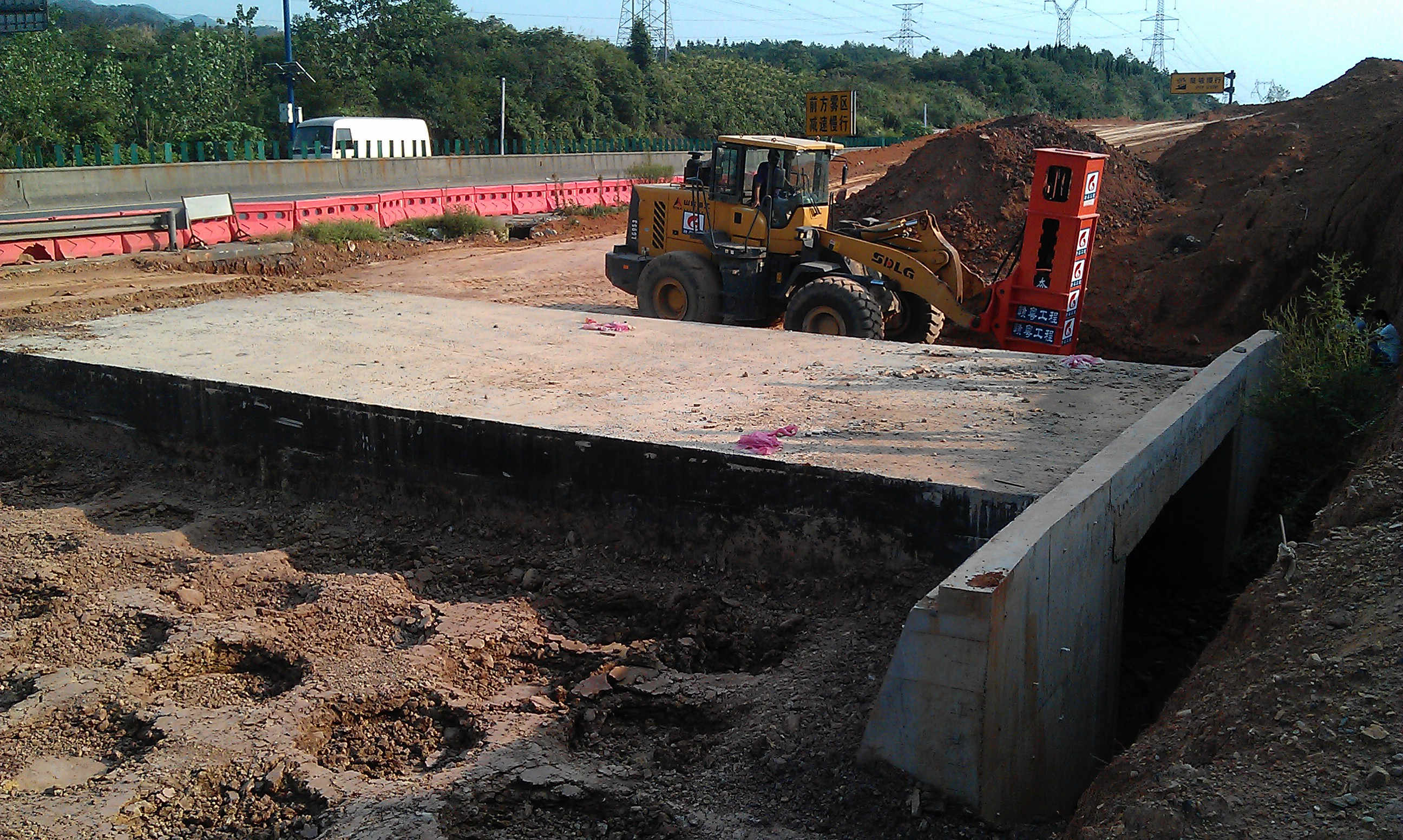
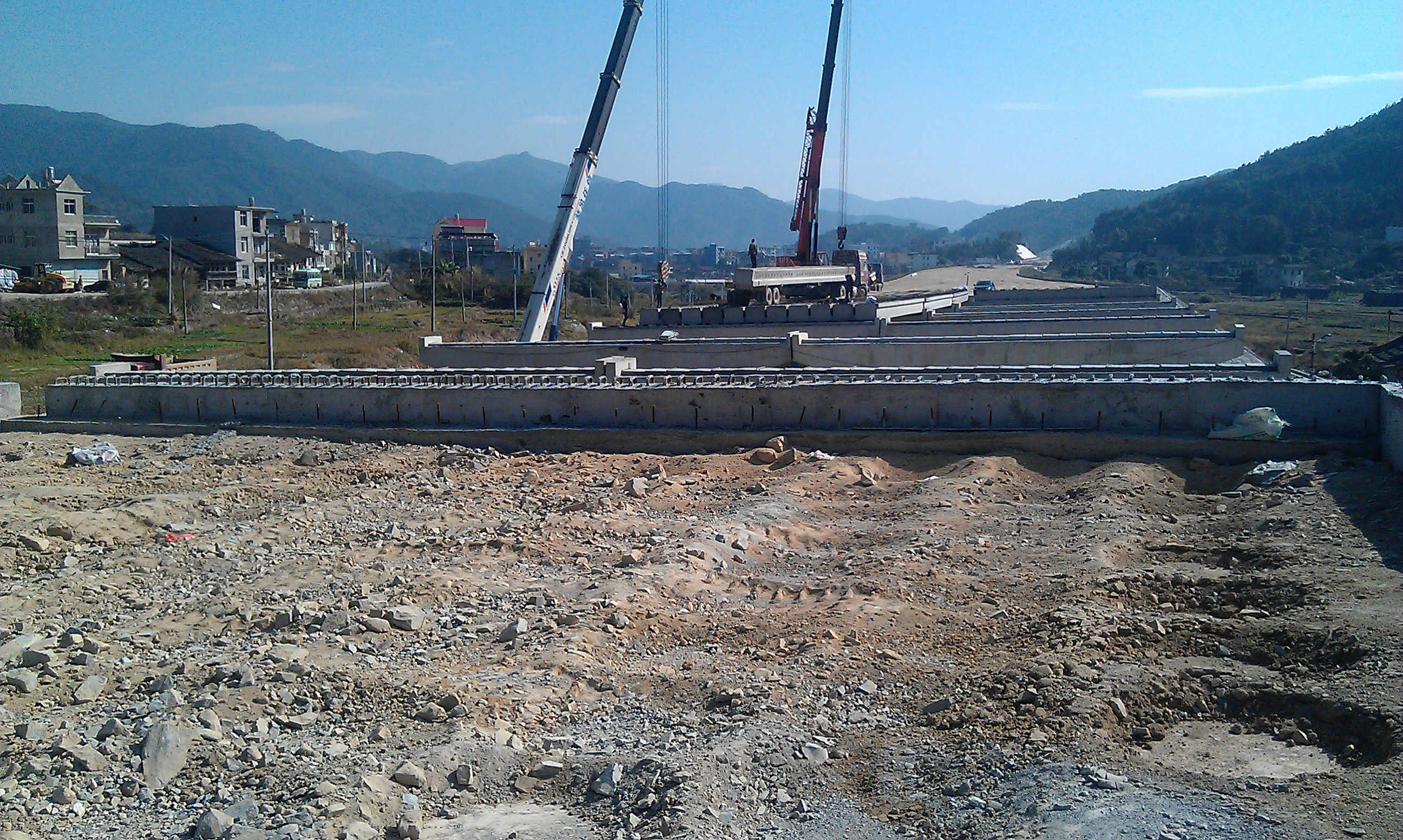
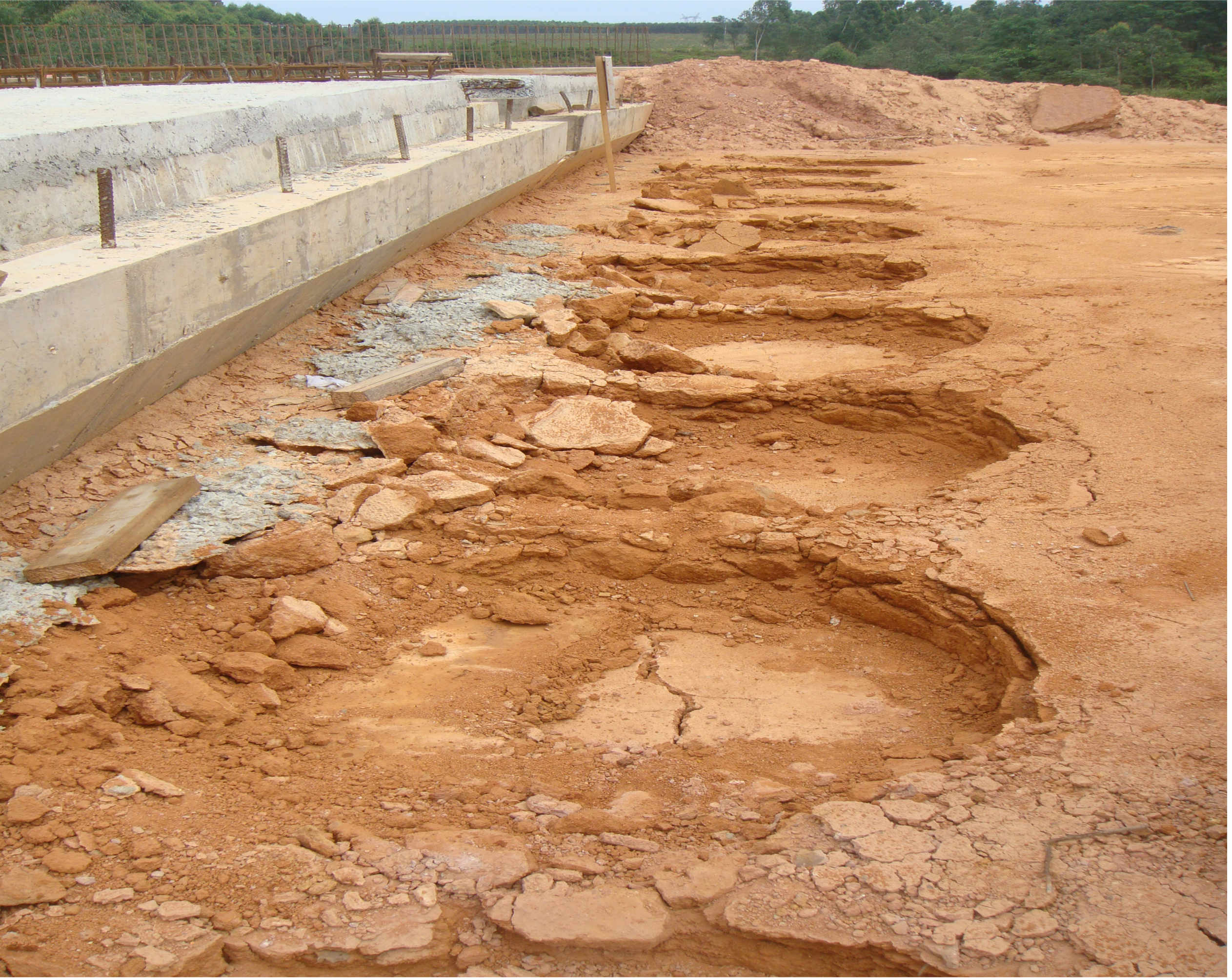
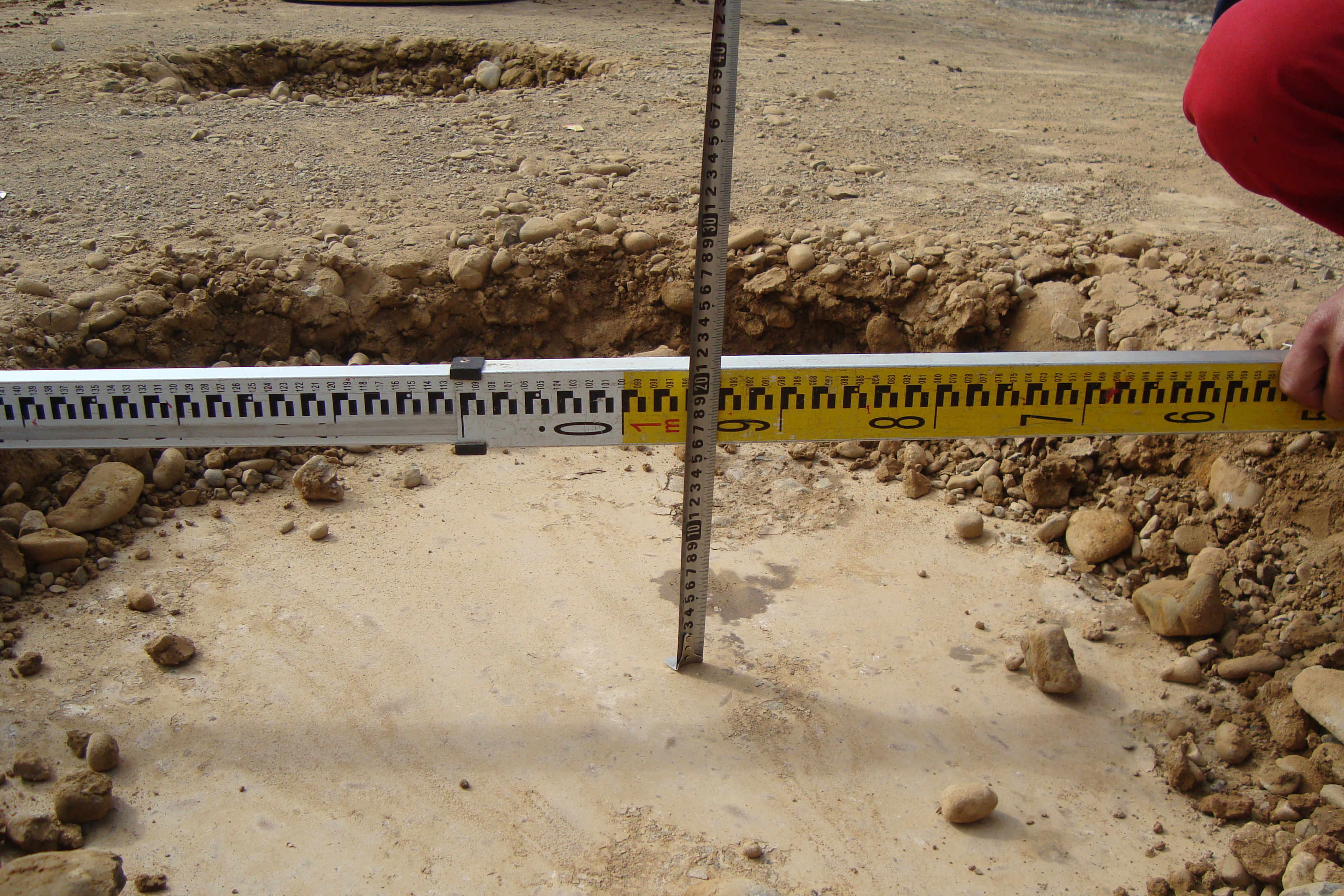
Figure 2 Tiannandi North Bridge Culvert Back (96 District, high-quality test section)
In addition, according to the comparison test of the reinforcement effect of 11-16t dynamic compactor and HC36 rapid impact compactor in some provinces and urban areas, the reinforcement effect (sedimentation, productivity, etc.) of HC36 rapid impact compactor is significantly better than that of the comparative dynamic compactor.
Based on the application situation in various places and the characteristics of rapid impact compactor with flexibility and large-scale adjustment of compaction strength, its application range can be roughly summarized as follows: the parts that are difficult to meet the requirements of traditional compaction equipment and the parts that are difficult to construct, the cost of current construction technology Areas that are too high or too inefficient. A chief engineer of an owner unit in Guangdong is even more precise: how can there be unqualified roads in China, this equipment is used to solve the problem of unqualified and unsuitable.
At this stage, rapid impact compactors are mainly used in the reinforcement of bridge and culvert backs, the junction of old and new roadbeds, high fill, the junction of fill and excavation, poor soil fill, chicken claw gully, etc., replacing dynamic compaction for replacement treatment, spring soil , Slurry roadbed treatment, sand pile, gravel pile treatment, as well as man-made defects or other defects (such as flooding in the rainy season, loose, etc.) remediation.
3 Construction technology
The construction parameters shall be determined through the test section. It is generally believed that, in order to properly control the cost, the reinforcement settlement of the rapid impact compactor can be significantly larger than the post-construction settlement of the conventional treatment, or it is expected that the highway will not cause major diseases before major and medium repairs.
Take HC36 reinforcement as an example, generally use 3 gears, 6~12 hits at a single point.
When the bridge and culvert back is reinforced, the ramming points are separated by 1.5m (the edge of the rammed plate is ~0.5m apart), and the linear arrangement of the ramming points can improve the productivity (the so-called plum blossom pile arrangement has no substantial significance for the machine), and the parts with large settlement should be properly compensated The parts with excessive pressure and settlement should be excavated and refilled or remedied with a rapid impact compactor. The edge of the rammed plate is mostly 0.1~0.2m from the front of the bridge and culvert (or 2nd gear), and the distance from the eight-character wall is ~0.5m, and 2nd gear is used. After the surface layer of the road bed is reinforced, it is leveled and pressurized.
The general roadbed with high fill can be reinforced once every 2m or so; the general roadbed with low fill with better conditions can be reinforced at one time after completion.
The ramming points at the joints of the old and new road machines are 1~1.5m apart. For the treatment technology of the junction of the new and old roads of the expressway, please refer to my speech at the Shaanxi Provincial Transportation Planning and Design Institute "Discussion on the Strengthening Technology of the Junction of the New and Old Roadbed of the Expressway"
Single-layer or thin-layer stone masonry walls are weak, and the back of high walls should not be treated with rapid impact compaction machines. Tai'an Hengda Machinery Co., Ltd. VC30D large-amplitude vertical vibration tamping machine is widely used in various places to deal with wall backs and slopes.
4 Comparison with conventional construction technology
4.1 Rolling
Since ancient times, rolling technology has only been used for superficial processing. Archaeological discoveries: The ruins of the capital city of the Xia Dynasty 4,000 years ago were made of rammed earth, and the filling section of Qinzhi Road, the first expressway in China built 2,000 years ago, was also made of rammed earth, and the rammed earth is stable.
Vibration compaction is still essentially gravity compaction, also known as static compaction. Vibration is a reciprocating motion, and its function is to stimulate the movement of soil particles to reduce the compaction resistance, and the excitation force has no direct compaction effect. At present, domestic vibratory rollers have small amplitude and adopt outdated circular vibration technology. Circular vibration is the circular motion of the eccentric mass, which can be analyzed as reciprocating motion in any direction in 360 degrees, which stimulates the turbulent movement of soil particles, not the ideal up and down motion. The poor stability of layered rolling roadbed is an inherent defect of this road construction technology, and it is difficult to overcome only on the rolling strength. The problem of the roadbed completed by the assault is more prominent. According to the test of the Beijing-Hong Kong-Macao Expressway (G4) River-Beijing Shi Section Reconstruction and Expansion Project, the reinforcement effect of the domestic 32t vibratory roller is not significantly different from that of the BMW 26t vertical vibratory roller. After reinforcement by a 32t vibratory roller with an excitation force of more than 500kN, the compaction degree can easily reach more than 96%. When the HC36 rapid impact compactor is used to reinforce the joint between the old and new subgrades in the test section, the settlement is still more than 200mm.
For another example, when a prefabricated pile with a bearing capacity of 2000kN (200t) is implanted in the foundation, a static pile driver with a weight of more than 200t is required, and the HH36 hydraulic pile hammer with a hammer body of 3t (another application model of the HC36 rapid impact compactor) can be easily realized. . It can be seen that the weight increase of the road roller is effective, but it is far less than the enhancement effect of rapid impact compactor, dynamic compactor, impact roller and other impact compaction equipment.
The high-strength dynamic reinforcement of the layered rolling-formed roadbed by the rapid impact compactor is a high-strength integrated treatment with more than ten rolling layers or more rolling layers within the influence range as a whole. Not permutation, nor simple compression. Under the premise of not destroying the overall structure of the existing subgrade, it should further compress the soil, and at the same time eliminate or weaken inherent defects such as poor uniformity within the layer and low interlayer bonding force and man-made defects. Through the integrated treatment of the subgrade, the compactness and uniformity of the soil body are improved, thereby improving the bearing capacity and stability of the subgrade.
4.2 Geogrid
When the highway is widened, the weakest part is the old road slope. This part is also the overtaking lane for heavy goods vehicles after widening, that is, the lane with the largest load.
According to the test of the Hebei section of the Beijing-Hong Kong-Macao Expressway, the widened roadbed was rolled up to the standard and reinforced by a 32t vibratory roller. After the HC36 rapid impact compactor had 3 gears and 9 hammers, the newly built roadbed settled 60~100mm. The subsidence of the part (on the slope of the old road) is 245mm. It can be seen that the disadvantage of using staggered filling and rolling forming technology for the joint is that the bottom is weak, as shown in Figure 3. G22 in Figure 3 shows the settlement of the inner step and the settlement of the new outer subgrade during the subgrade filling process. Figure 4 shows the settlement at different positions at the junction of the old and new subgrades of G4 completed subgrade. The one close to the old road is the step, the middle row of tamping points is the joint between the step and the new subgrade, and the outer row is the new subgrade.
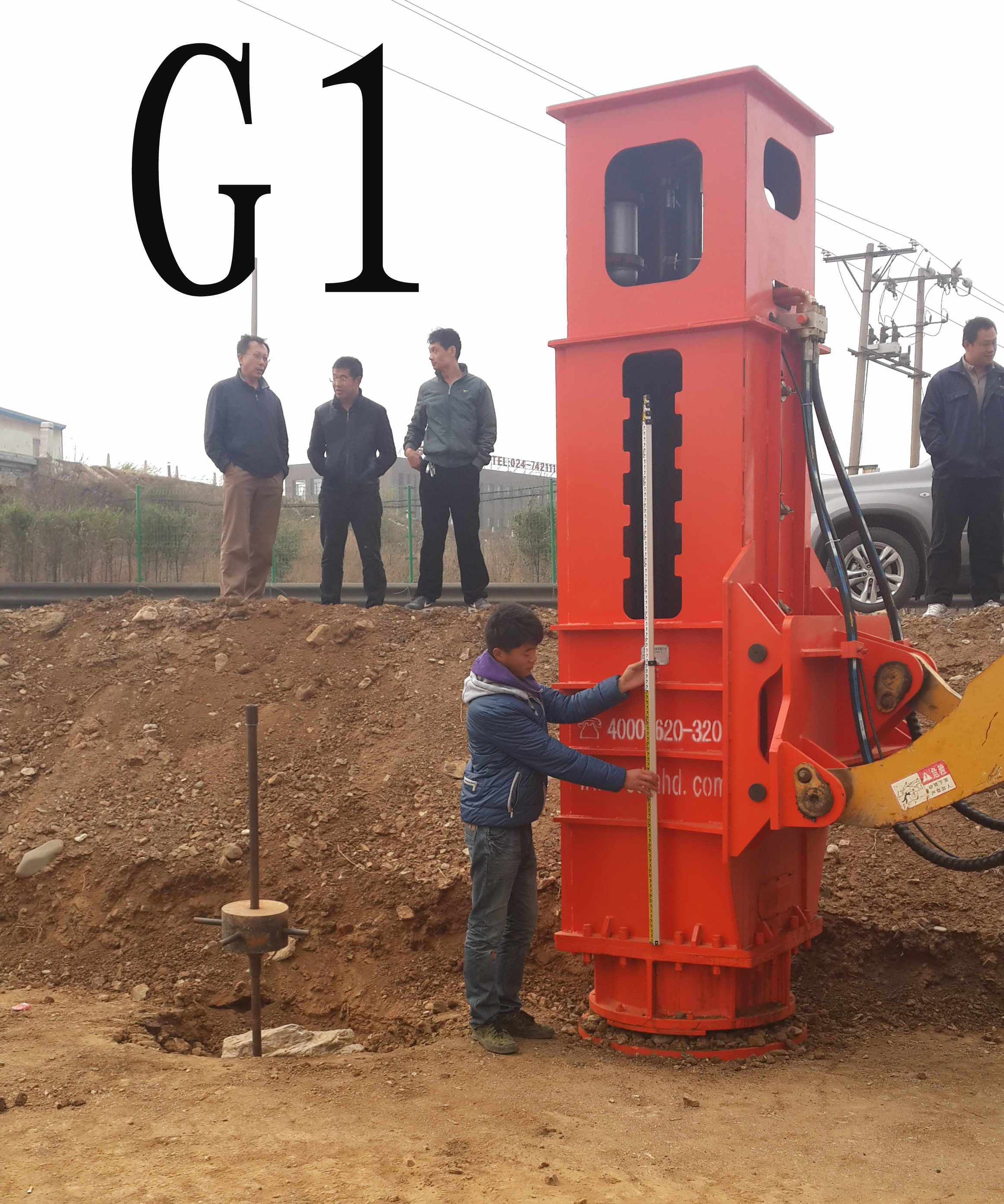
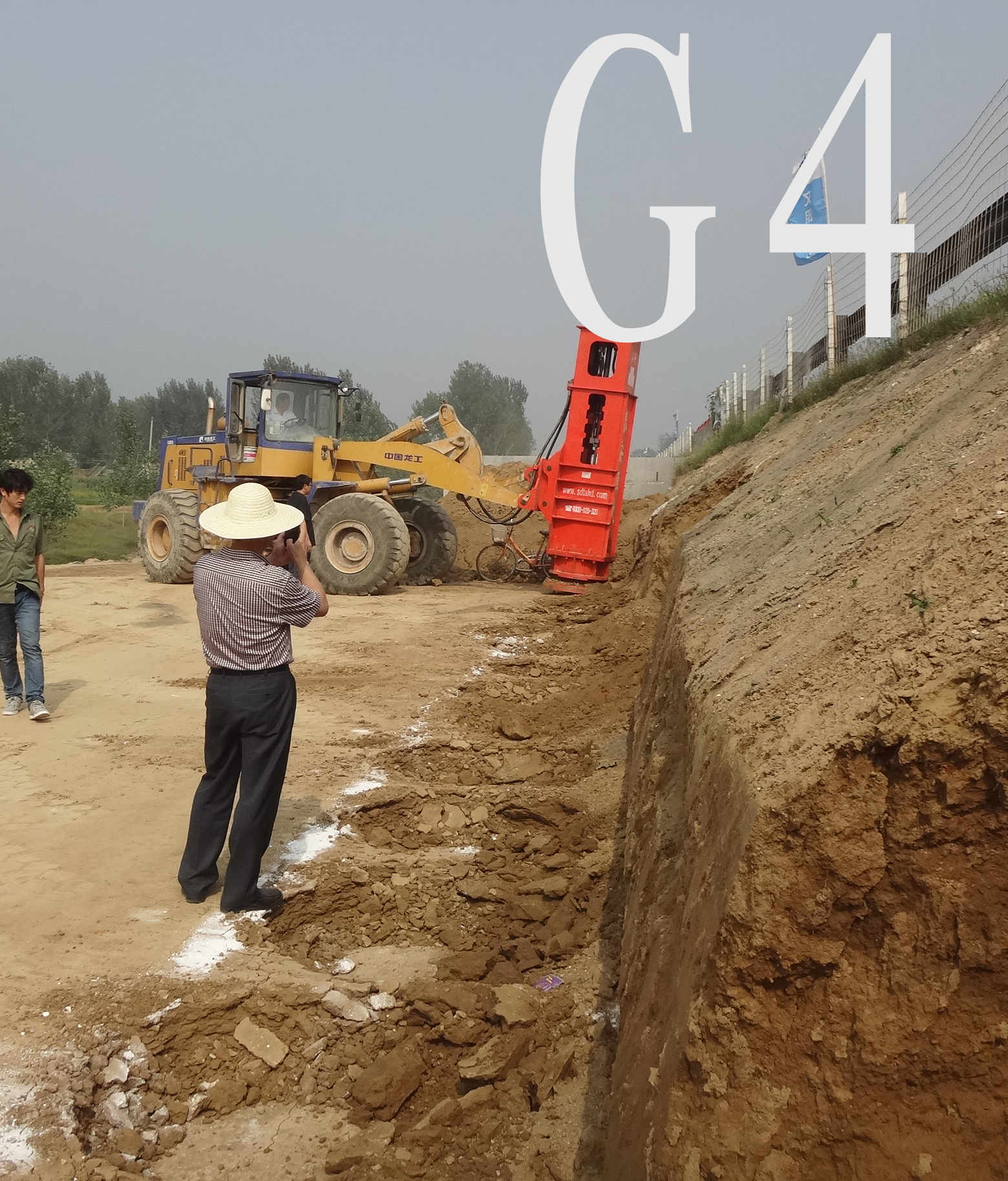
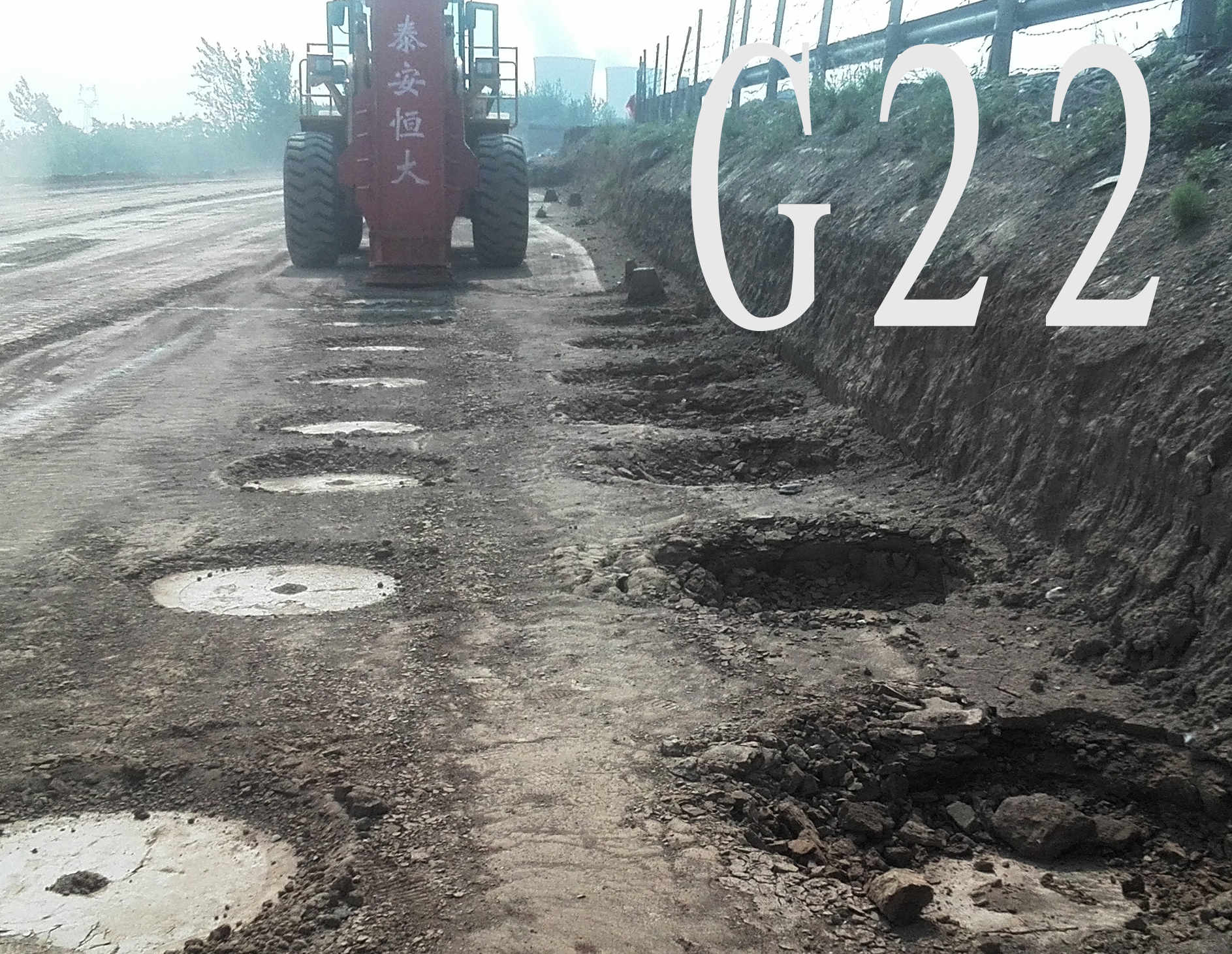
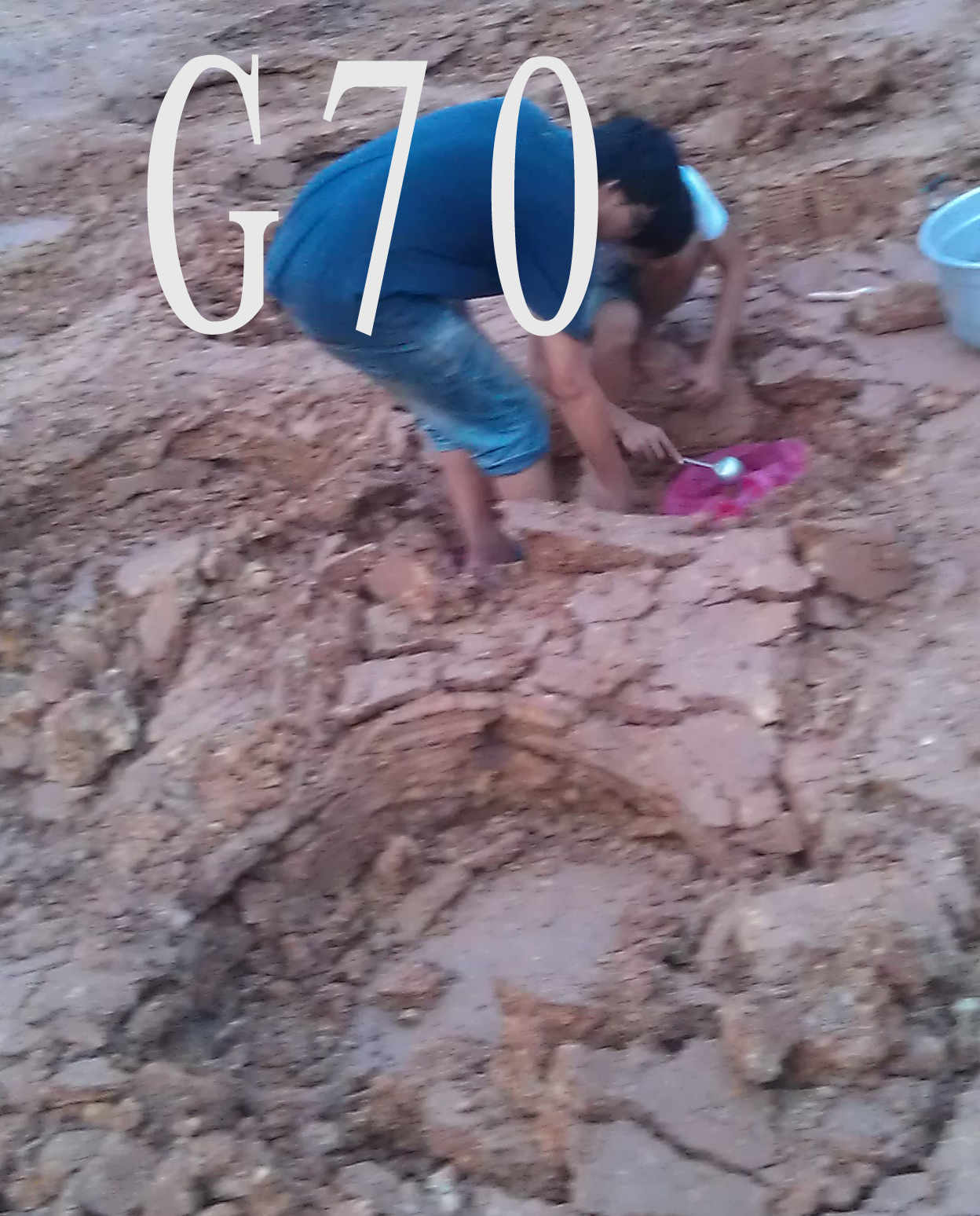
Figure 3 The new and old roadbed joint of the National Expressway (staggered filling, rolling up to the standard)
Some widened roads have adopted geogrid technology at the junction of old and new roads to delay or weaken road diseases such as dislocation and cracking caused by differential settlement of old and new roadbeds. .
Test results at the junction of the old and new roads in the Hebei section of Beijing-Hong Kong-Macao Expressway: When the HC36 rapid impact compactor is installed with standard tamping plates (diameter 1m), the impact depth of 3 gears and 9 hammers is 4.5m, which can effectively solve the problem of the bottom (deep) subgrade when filling the wrong platform. Weakness issues.
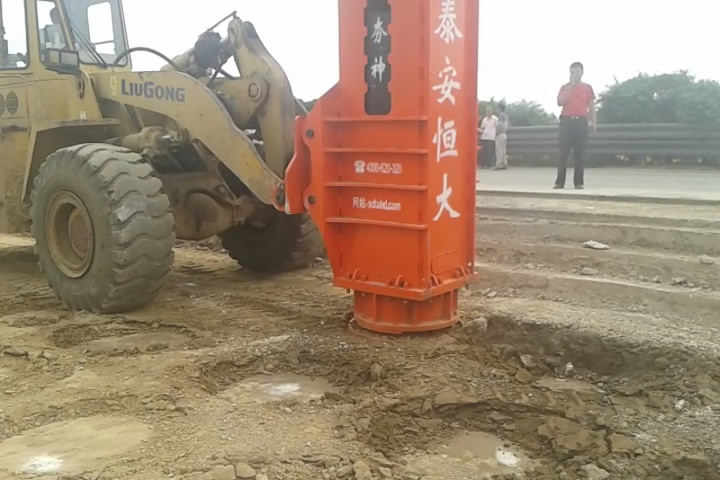
Figure 4 Subsidence at different positions at the junction of old and new roads
4.3 Dynamic compaction
The role of large-scale dynamic compaction machines of thousands and tens of thousands of kilojoules in reclamation projects and other similar projects is difficult to replace, but it is not suitable for highway roadbed treatment. Subgrade treatment mostly uses 5~16t small and medium-sized dynamic compactor (200~1000kJ).
In the comparative test of the junction between the old and new subgrades formed in the Shenyang section of Jingha Expressway (G1) in Liaoning, the settlement of the 16t dynamic compactor in 3 strokes is less than 70mm, and the settlement of the HC36 compactor in 3rd gear and 12 strokes is more than 200mm. When the 16t dynamic compactor operates continuously Productivity is less than 1/3 of HC36, see Figure 5. A comparative test was carried out when the local widening near Jiujiang of Changjiu Expressway in Jiangxi was carried out, and the effect of the 11t dynamic compactor was far less than that of the HC36 compactor.
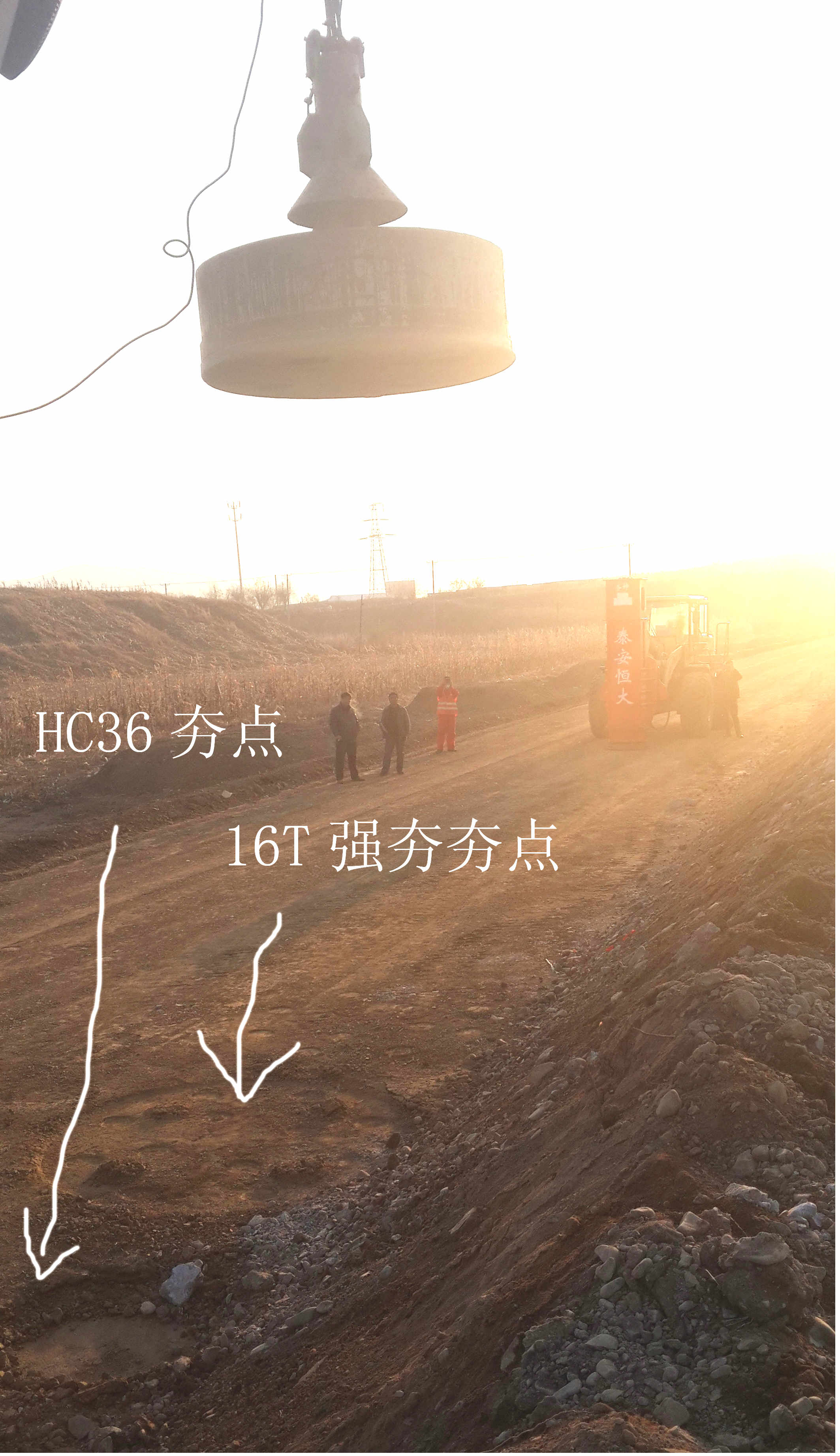
Fig. 5 Comparative test of reinforcement effect at the junction of old and new road in G1
Guizhou Sanli Expressway has a high fill of 30~60m, many bridges and tunnels, and the roadbed is intermittent. The original design uses a dynamic compactor. Because the dynamic compactor was difficult to deploy, the construction party required the use of a rapid impact compactor. It has been verified by experiments that the shearing effect of the HC36 rapid impact compactor on the soft subgrade is significantly better than that of the dynamic compactor. In view of the mature experience and similar landforms in Guizhou and other provinces, Yunnan has not conducted a comparative test, but directly based on the test results of HC36, and promoted the use of HC36 rapid impact compactor to treat high fill roadbeds, fill and excavation junctions, bridge and culvert backs, etc. See Figure 6.
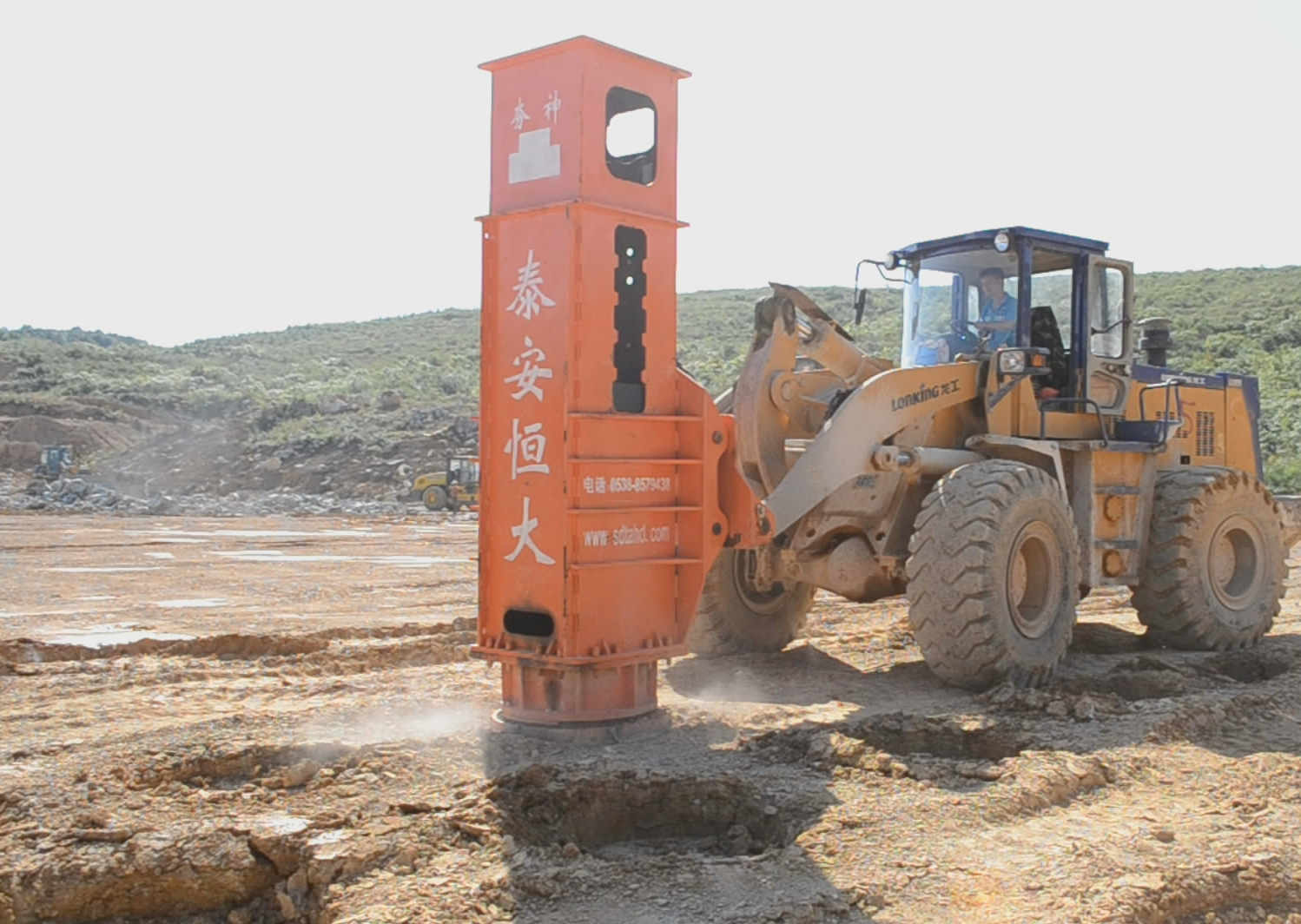
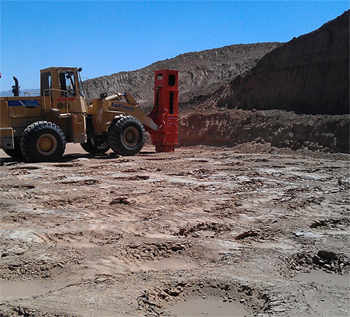
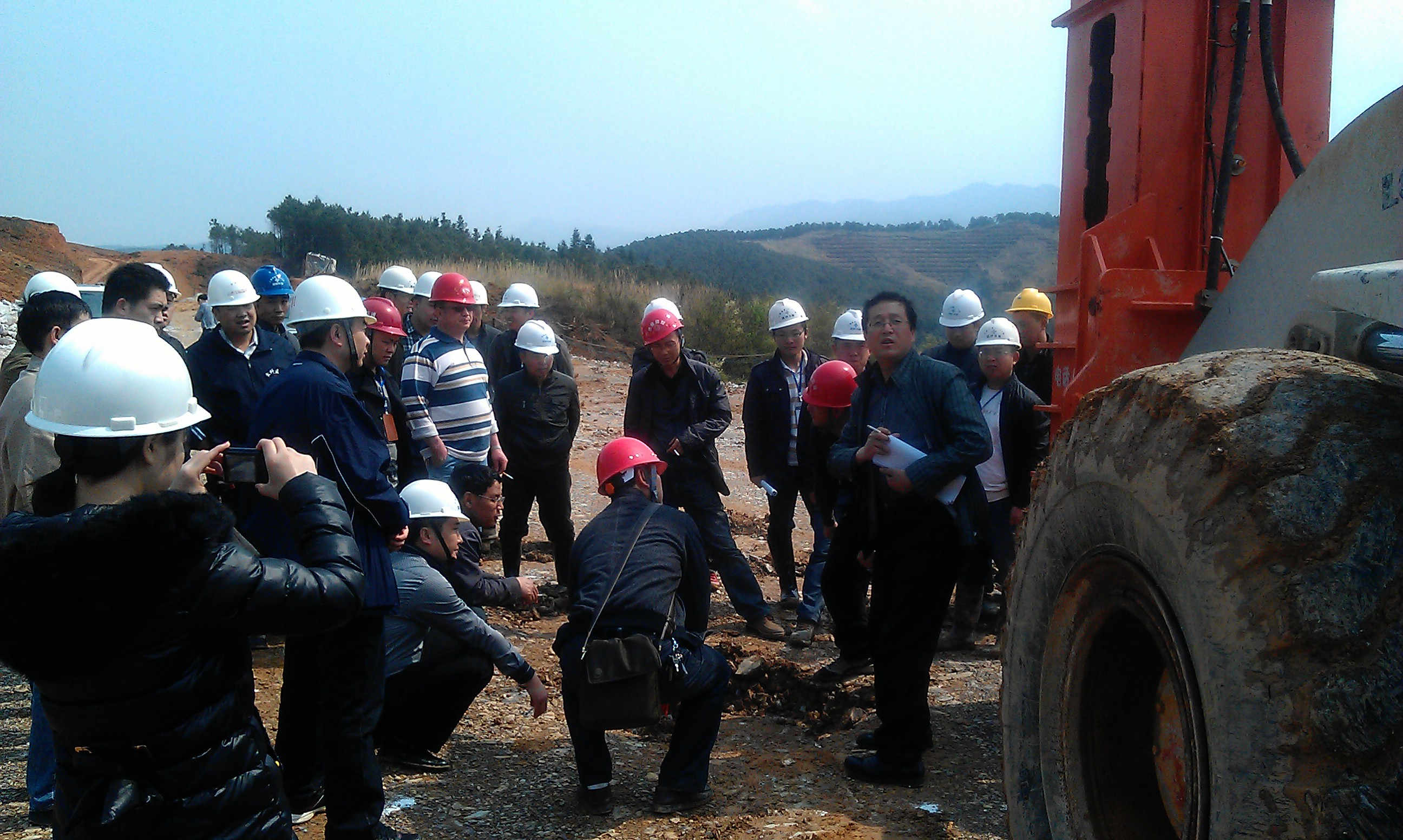
Figure 6. rapid impact compactor replaces dynamic compaction to deal with high fill, fill and excavation joints, chicken claw gully, etc.
4.4 Loading preload
Loading and preloading (including vacuum preloading) of the completed roadbed can accelerate post-construction settlement, which is a mature and effective construction technology, but it is outdated and can be replaced by the dynamic compaction technology of rapid impact compactors.
The upper and lower roads of the Gansu Wuguan section of the Lanhai Expressway connecting Qingchuan, Sichuan are separated, the mountains are high and the water is abundant, and the environmental protection requirements are high, and the construction is difficult. The backside of the original design was preloaded with soil after construction. The construction party proposed: (1) The cost of soil preloading for soil purchase and transportation is high, and the spoil cannot be disposed of; (2) the passage will be blocked during the soil accumulation period, which will affect the construction period; Hydraulic compactor power reinforcement. It is suggested to learn from the construction experience of the southern provinces and use the new technology of power reinforcement of rapid impact compactor. After the test was verified and approved by the external supervisor, the director in charge personally inspected and demonstrated that the bridge back treatment was changed from soil preloading to HC36 reinforcement. Later, it was popularized in Gansu, incorporated into construction specifications, and widely used in the reconstruction and expansion of ordinary highways. The Gansu section of Shitian Expressway used HC36 to deal with bridge and culvert backs and high fills, and VC30D large-amplitude vertical vibration compactor was used to deal with wall backs and slopes (see Figure 7) after the experience was affirmed and praised. Provincial promotion, Qinghai Province from the Gobi Desert to 5000m high altitude area is widely used.

Figure 7 Taian Hengda VC30D large-amplitude vertical vibration compactor to deal with wall backs and slopes
4.5 Poor soil treatment and filler replacement
The dynamic compaction of the rapid impact compactor can achieve high-strength, high-frequency repeated extrusion of the soil, and the energy release is concentrated and large, which is very different from the mechanism and effect of rolling (including vibratory rolling). Local applications show that rapid impact compactors are less sensitive to filler types and sizes.
Yunnan and Guizhou have a large number of 40-60m high fills. The construction conditions of the Qinghai Huajiu Expressway section with an altitude of ~5000m are extremely difficult, and it is impossible to completely replace the filling specifications specified in the technical standards. rapid impact compactors can only be used for high-strength compaction.
The road construction materials in Tianjin are scarce. In order to control the cost, a large amount of mountain bark soil and farmland soil mixed with lime are used, the proportion of lime is increased on the back of the bridge, and the concrete column is added on the back of the large and medium bridges. The effect is not ideal. Its technical consultant believes that the cost of continuing to increase the proportion of ash will increase, but the effect is very small. Only by increasing the compaction density of the soil can effectively improve the strength of the roadbed. It is recommended to use a rapid impact compactor for reinforcement, as shown in Figure 8.
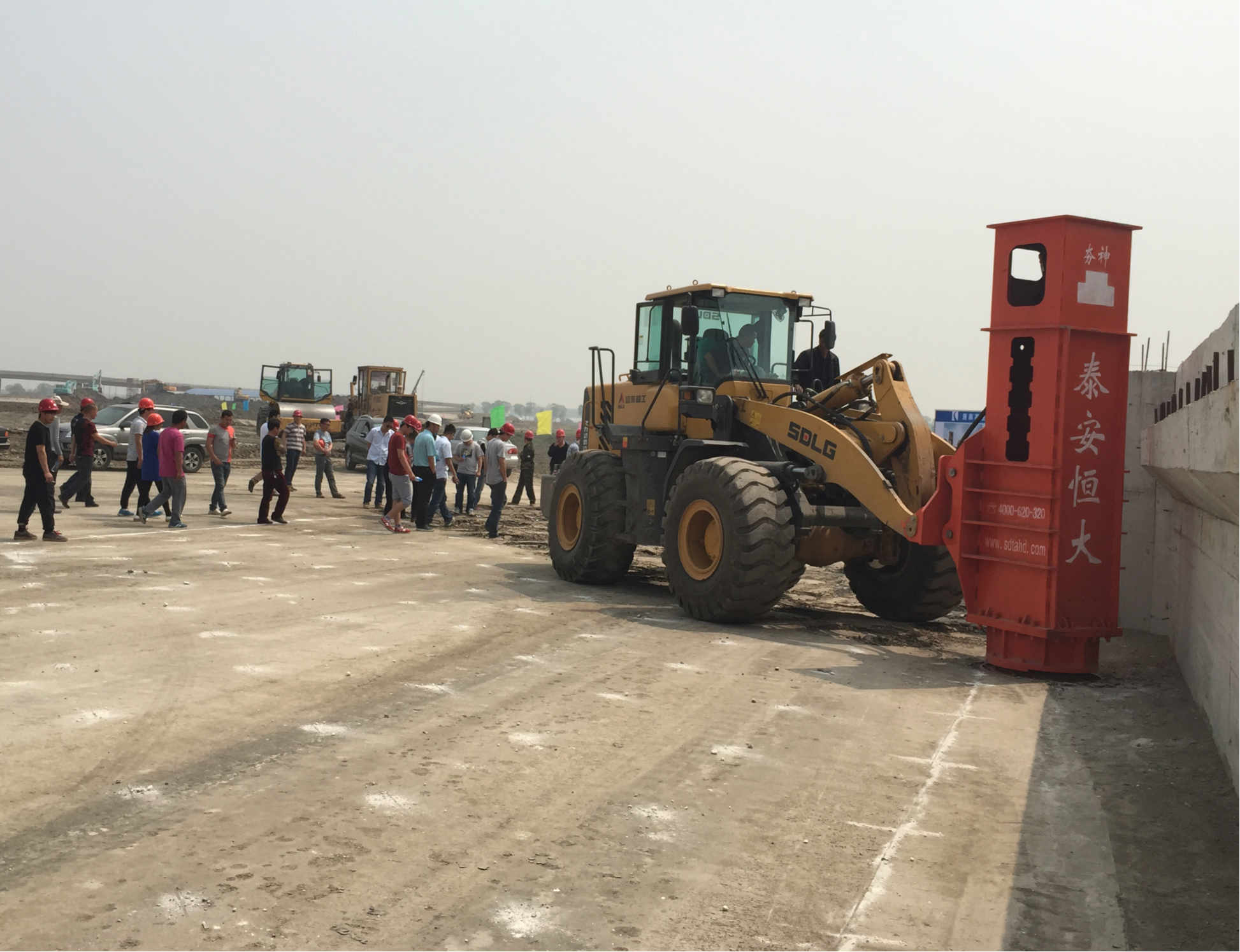
Figure 8 Tianjin Bad Soil Treatment
The elevation of the pavement in front of the platform and the Fanxian section of the Henan S101 reconstruction and expansion project is lower than the bottom of the Yellow River, and the drainage is difficult, the water damage is serious, and the project is in trouble. Yang Shiji, a researcher from the Academy of Highways of the Ministry of Communications, suggested that the base should be replaced with a rapid impact compaction after replacing the blocks, and the roadbed should be reinforced with a rapid impact compaction.
Shaanxi, Gansu and other northwestern provinces have also accumulated some experience in using rapid impact compactors to treat collapsible loess, as shown in Figure 9.
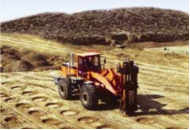
Fig. 9 Treatment of collapsible loess in Gansu
After backfilling the widened part of the Hegang section of the Hazhao Highway in Heilongjiang with ungraded coal gangue, it is directly crushed and compacted by a rapid impact compactor.
It has been successfully used in the treatment of frozen soil subgrade in the alpine regions of Heilongjiang and Jilin.
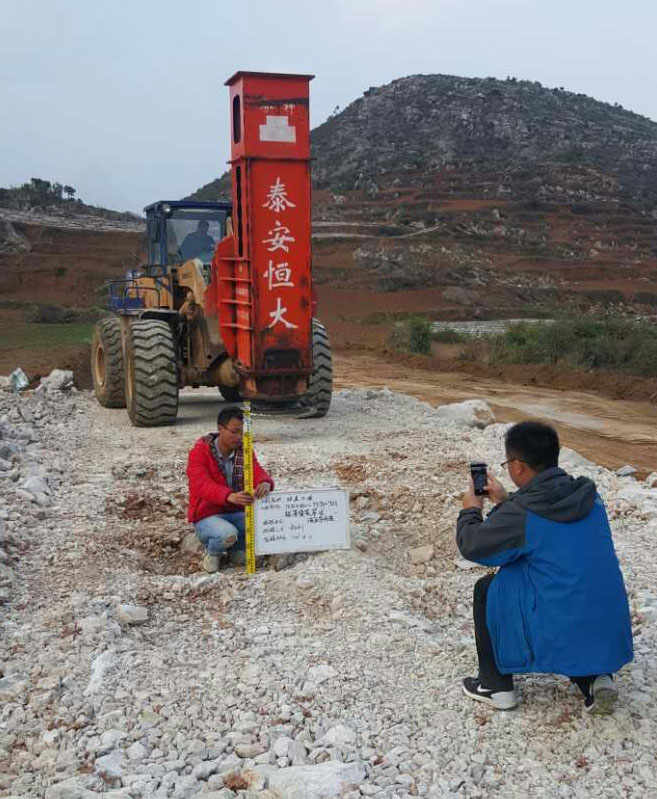
Figure 10 shows the treatment of weak subgrade substrates.
The two sides of the drainage pipe with a diameter of ~2m in the container storage area of the third phase of Shanghai Yangshan Port were filled with sand and watered, and then compacted with HC36 (with a thickness of more than 3m), and the effect is good. Observed in the pipeline, there is no visible deformation of the pipe wall at the moment of impact.
When HC36 is used for piling, it can drive a steel pipe pile with a diameter of 630mm and a closed bottom into the soft foundation for more than 20m (see Figure 11). It is its functional scope to replace the dynamic compaction with low efficiency and limited construction area in the field of subgrade construction. One of the strengths within, has been applied everywhere.
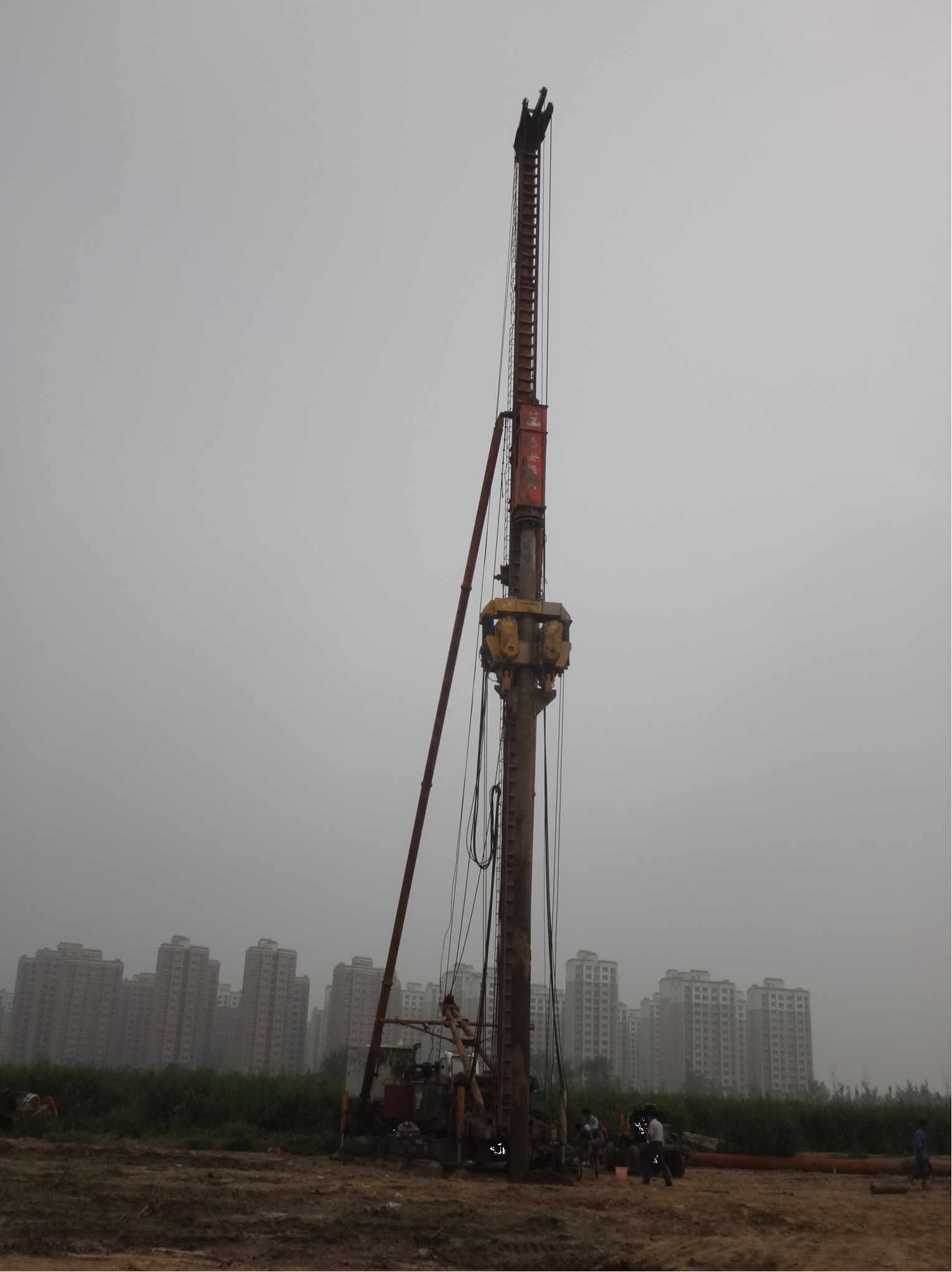
Figure 11 HC36 piling
5 Detection and Judgment
As a curious and relevant layman, I have communicated with industry experts from all over the world many times to discuss issues related to the highway quality inspection system. There is consensus and differences. In my opinion, the quality of highway construction can be summed up as an index, that is, the change of straightness in the expected (such as the major and medium repair period) shall not be greater than the expected value, which belongs to the category of geometric characteristics; it can be decomposed into two physical properties: strength and stability. (Mechanics) index, strength reflects the bearing capacity, and stability reflects the continuity of the bearing capacity; compaction, deflection, K30, EVD, etc. are all derived or related indicators below the grandchildren.
In general, the strength of a solid polymer mainly depends on the density when the material and polymerization process are given. For highway subgrades, the soil compaction density. The rapid impact compactor can continue to compress the soil that has been compacted by 3~10%, and the enhancement effect on the strength of the soil is obvious.
Whether the strength of the above-mentioned objects can continue to be stable under the repeated action of various loads generally depends on the uniformity of the particles inside the polymer material. Non-uniform structures are more sensitive to dynamic loads and minor defects, and have low fatigue resistance. The particles in the layered roller compacted soil layer are dense in the upper part and sparse in the lower part, and the soft and hard surfaces between the layers are parallel to each other, which is a typical non-uniform internal structure. The rapid impact compactor compresses and reorganizes the soil particles with the rolling layers within the influence range, which weakens or eliminates the existing intra-layer and inter-layer defects while increasing the particle density, and the uniformity of the internal structure of the roadbed is remarkable. improve.
HC36 rapid impact compaction machine has 3 gears and 9 hammers to reinforce the stable and qualified 96 area when the settlement is 50~100mm. No matter whether the construction is in accordance with the standard or not, and how accurate the detection is, it is no different that there is some quality defect in the part where the reinforcement settlement is close to or greater than 150mm at the back of the bridge and culvert. The reason is that the difference in the compressive strength of soil in the 96 area cannot be very large, but the difference in the settlement of the subgrade is so large when the construction parameters of the rapid impact compactor are the same (the compaction strength and the compaction power are constant), is it possible?
It can be seen that for roads that have been completed beyond the routine, the existing road quality index system is used to ensure that the filling quality meets the standard, that is, the so-called qualified (approximately equivalent to the clinical cure in a Chinese hospital, which does not rule out subsequent illnesses after discharge); rapid impact compactors are used for On the basis of qualification, improve the filling quality and quality defect remediation, and solve the practical problem that no matter what can be qualified or qualified, it may not be suitable (equivalent to treating the root of the disease).
According to the tests in various places, the settlement of 96 areas on the back of the bridge is more than 100mm after reinforcement, and it is also common for the settlement to exceed 200mm. However, the compaction degree of the measured tamping point has decreased to varying degrees (very few have increased), and the index has also decreased during the EVD test for high-speed railway foundations. This is because the currently commonly used test methods and instruments are only suitable for the upper half (the height of the detection tool) or the surface of the thin-layer rolling, while the rapid impact compactor compresses and reorganizes the soil with a thickness of several meters and makes it more uniform from top to bottom. , although the average soil density has increased, the highest point may have been weakened, and it is not surprising that indicators such as compaction have decreased. Compaction is likely to remain or increase unless the base is firm, the fill is thin, standard grit is used, and low fill sections are reliably met from bottom to top. Therefore, it is not necessarily scientific to use the local evaluation index such as compaction degree to measure the overall effect. After the rapid impact compactor is reinforced, it can be leveled and compensated.
A large number of tests in various places have proved that the degree of compaction at the joints of the old and new subgrades has no dominant effect on the settlement of the tamper reinforcement. Figure 12 is a screenshot of the construction video of a highway subgrade. The subgrade has been conventionally rolled by a 22t vibratory roller, and a 5t loader installed with a HC36 rapid impact compactor is reinforcing the culvert back. The left wheel of the loader has been plunged into the soil ~450mm, and the wheel rut is very shallow at the right wheel of the newly built roadbed, which is consistent with the problems reflected in Figure 3 and Figure 4.
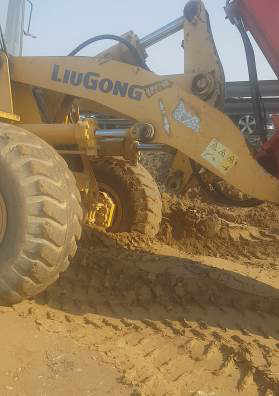
Figure 12 A high-speed compacted roadbed
Article 7.3.4 of "Detailed Design Rules for Expressway Reconstruction and Expansion" (JTGT L11-2004) stated that "it is very important to ensure that the splicing parts are compacted and evenly compacted, which directly determines the quality of splicing. The existing inspection and evaluation methods often make practical It cannot or is not enough to reflect the real situation of the splicing part, so it is emphasized to ensure that the detection work can better cover the splicing part.”.
It is common sense that an increase in soil compressibility means an increase in soil density. However, the measured compaction does not match, which only shows that any scientific method has its application scope, and the local effect or the simple superposition of local effects may not equal the overall effect. The purpose of subgrade compaction is to increase the density and strengthen the soil to reduce post-construction settlement. Using some indirect subgrade quality testing methods and data to deny or question the apparent direct effects such as settlement is not in line with the original intention of subgrade compaction. The quality certification method adopted after the Hunan section of the Shanghai-Kunming high-speed railway is reinforced with the HC36 rapid impact compactor is: the cumulative settlement of the last three hammers is not greater than 10mm. It can be used for reference in the reinforcement of highway subgrade.
In addition, according to local tests, after the rapid impact compactor is reinforced, the strength of the surface layer is significantly improved when the heavy-duty penetration test is used; when excavation or deep penetration tester is used for detection, the soil strength at different depths is significantly improved. The penetration test is closer to the compaction effect of the rapid impact compactor, as shown in Figure 13. Gravel packs can detect residual void ratios.
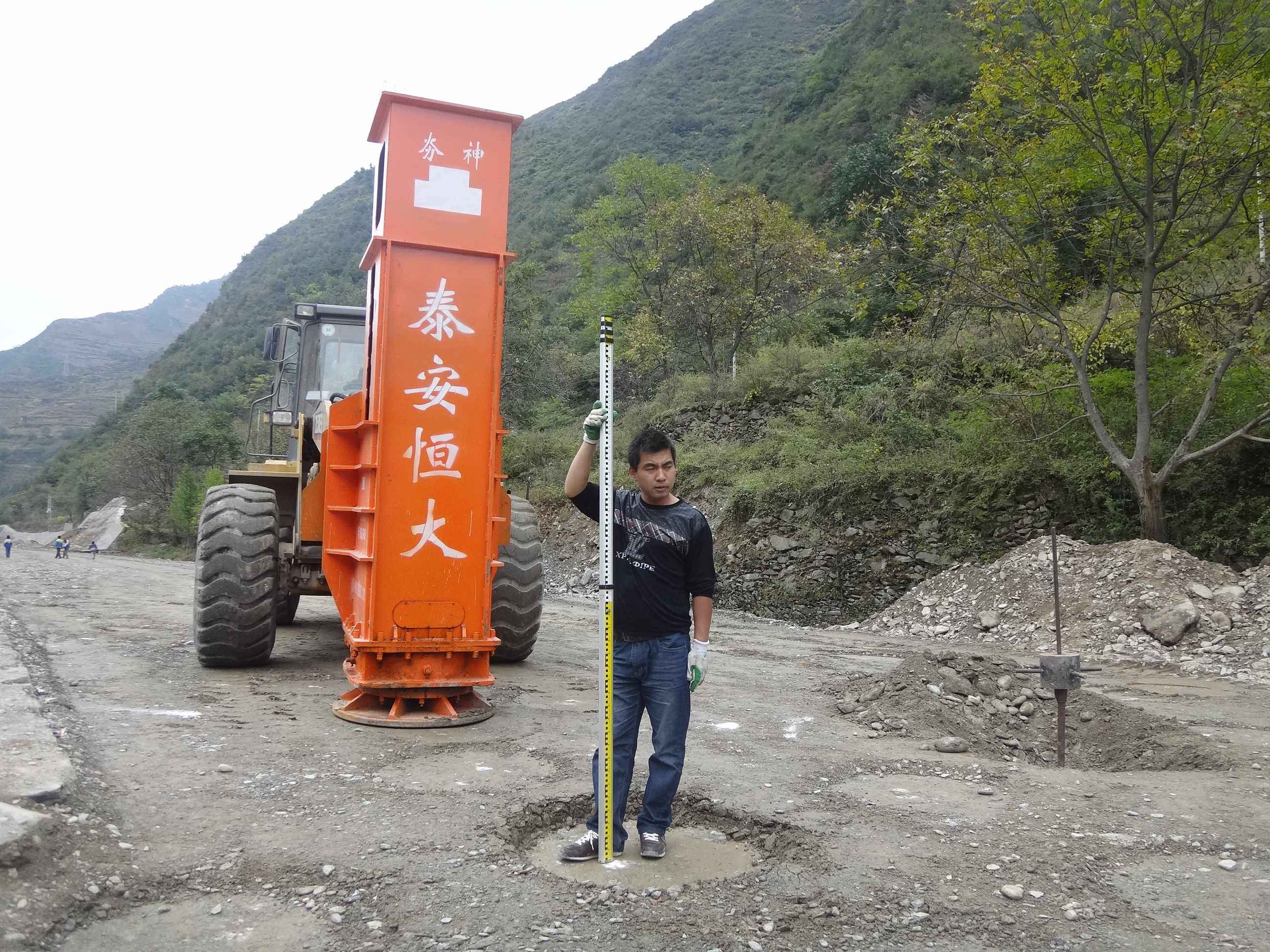
Figure 13 Gansu Depth of Touch and Subsidence Test
There is no doubt that the rapid impact compactor has the actual ability to improve the quality of the roadbed, and whether it can guarantee the quality depends on its managers and operators.
Soil foundation compaction is a geotechnical technique left by our ancestors. There is no theory or data, but there are relics that have survived for thousands of years and thousands of years. The credibility is no less than that of some modern science and technology that needs to be proven in the future.
6 Conclusion
Six years ago, at the end of my speech at the symposium titled "China Speed and China's rapid impact compactor", I said: "Without China's speed, there would be no Chinese rapid impact compactor, and without those who care about China's speed, there would be no China's rapid impact compactor. China's rapid impact compactor was born for China's speed, and will certainly contribute to the realization of high-quality China's construction speed." The reason for this is that China's road construction cycle is too short and uneven, abandoning or ignoring the power of God (nature). The rapid impact compactor had to help the builders who built the expressway at an extraordinary speed. Because of this, the brand name of our company's rapid impact compactor is "Tangshen"

 Current Position:
Current Position: 